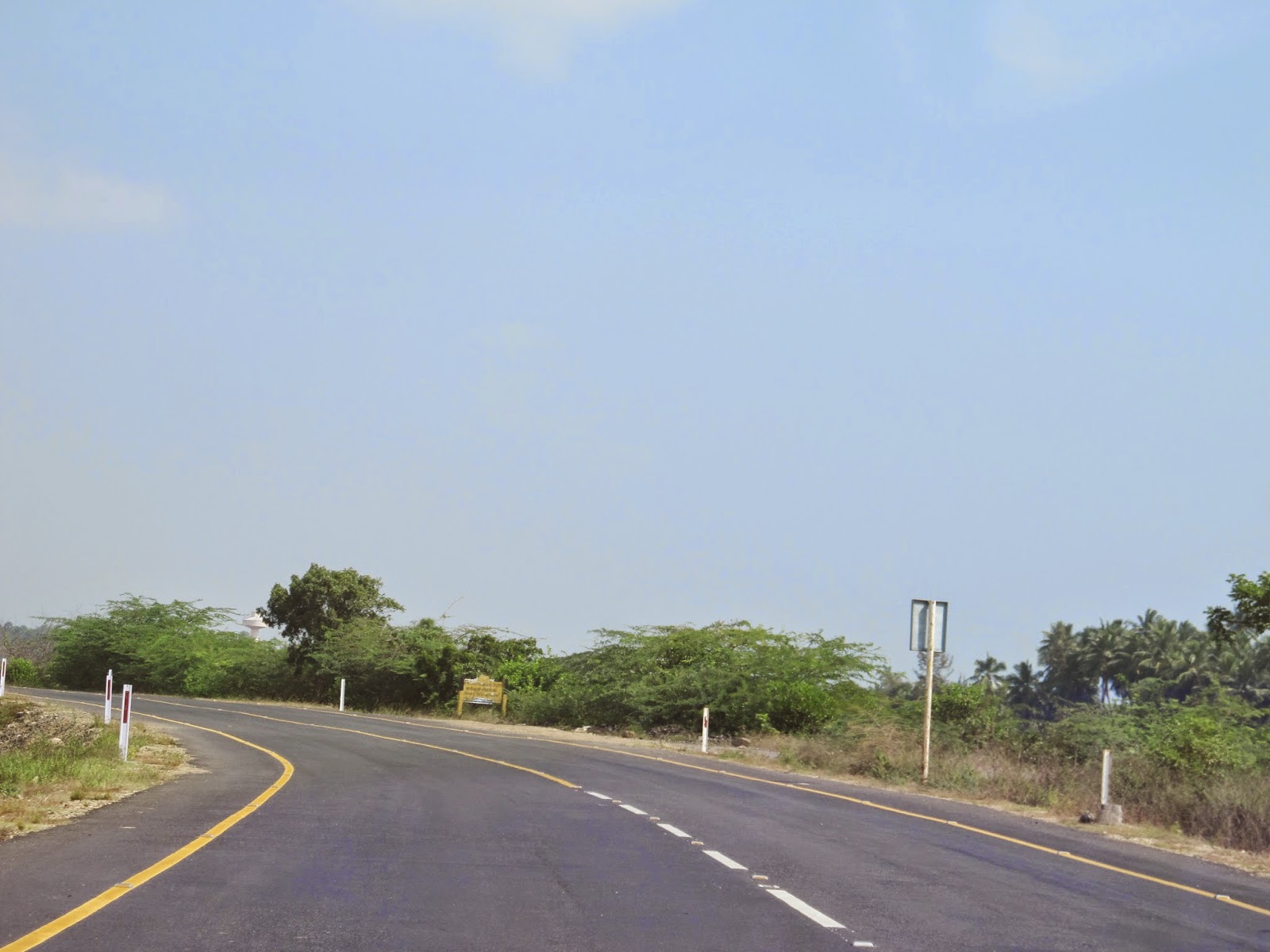Top 10 Hill
Driving Techniques
(Especially applicable
to the Indian Ghat sections)
1.
Precautions to be taken
for both the vehicle & the driver before
going on a hill trip.
o Always check the vehicle’s
brakes before on going on hill journey.
o Check your vehicle for
overheating issues and if present make sure that you get your radiator
overhauled.
o Check your vehicle’s electricals
and if there is an issue, ensure that it is sorted out. (Cars/SUV’s equipped
with electric fan and its circuit).
o Remember to change your
wiper blades before starting. (Old wiper blades, which turn hard with time, can
cause smudge marks or scratches, thereby reducing visibility- a priority in hill
driving).
o See to it that your
vehicle is equipped with good footwear (Tyres with good buttons).
o Take good rest before
starting on a journey.
o In case you feel sleepy on
the way, stop for a short nap to refresh yourself.
o Take a break after every 1
½ hours to 2 hours of continuous driving. If drowsy have a cup
of tea.
o Stretch yours arms and
legs while taking a break.
o Know both your vehicles
strength, and your strength and capabilities, before starting on a journey. Do
not push your vehicle or yourself beyond that point.
o In case you find yourself
frequently yawning, it either signifies fatigue or an excessive buildup of
Carbon Monoxide. In case of the later, open your windows and let fresh air in
for 10 minutes. If you still continue to yawn, stop your vehicle immediately.
2. When you are starting your
climb always go in a steady speed and preferably use the 2nd or 3rd
gear depending on the slope.
3. Remember to always follow
the hill rule of giving way to vehicles which are climbing uphill. People who
drive on the hills regularly always follow this rule. (If a vehicle stops with
the intention to let you pass, give a honk- it means ‘thank you’ in hill driving
language)
4. Try to avoid using the A/C
while climbing uphill. This prevents overheating issues & additional power
is also available from the engine for climbing. (You further benefit from the
fresh mountain air).
5. When you stop your vehicle
while climbing always use the handbrake. Remember to put your vehicle on some
gear if you are shutting down the engine especially if it is manual
transmission. Keep a stone or a wooden block behind the rear tyre, which
prevents the vehicle from moving backwards. (For Auto transmission put it in
park mode).
6. If you discover a burnt
smell (the first sign of overheating), stop your vehicle immediately & pull
over to the corner. Do not shut down the
engine on any account. Just keep the engine running a little above idling
speed and wait till the engine cools down. Wait till the temperature is within
normal operating range before shutting down.
7. In case your vehicle is boiling
(if you see steam coming out of your vehicle), stop your vehicle & pull
over to the corner of the road. Do not
open the radiator cap immediately. Wait for the engine to cool down first. Hold
a thick cloth in your hand & open the cap slowly. Do not open the cap immediately or take away your hand from it. Press
down the cap tightly with your hand & slowly remove the excess pressure
& steam from the system. Only after making sure that all the steam is gone,
open the cap completely. Top up the water in the radiator as required.
8. Always
maintain a steady rhythm while driving. Do not make abrupt changes in direction
or speed by sudden slowing, braking or accelerating. Keep to the left in countries
where keep to
the left rule is followed & never overspeed while climbing. The trick
to hill driving is smooth driving. (Rash
driving in the hills is also a contributing factor in motion sickness (vomiting).
Sucking on a toffee or chewing on a piece of gum will provide some relief).
9. Always honk while approaching
a corner which warns the driver coming in the opposite direction.
10. Get your vehicle
fitted with real fog lamps (Dark
yellow coloured ones).The idea behind using these specially coloured lights, is
that it will penetrate the fog in the mountains. Ordinary lights which the
manufacturers provide in their cars will not penetrate the fog.
(Remember in
the mountains, if the temperature is right & if it starts raining fog will
appear immediately)
Down hill driving:
1. While coming down the hill
always use the 2nd gear for coming down. Even if it is too slow it
does not matter. You will be using engine braking rather than regular brakes .Continuous
usage of brakes will lead to overheating of the brakes.
(Remember safety of family comes first).
2. Do not drive with your leg
on the brakes all the time. This will lead to overheating of brakes and can lead
to brake failure.
(Example: The Kalhatti Ghat section between
Ooty and Mudumalai Wild Life Sanctuary is very steep. A police man is always seen
standing there and warning all passing vehicles to use only the 2nd
gear while climbing down, but many do not follow it. This results in quite a
lot of accidents happening in this section with brake failures being the main
reason).



